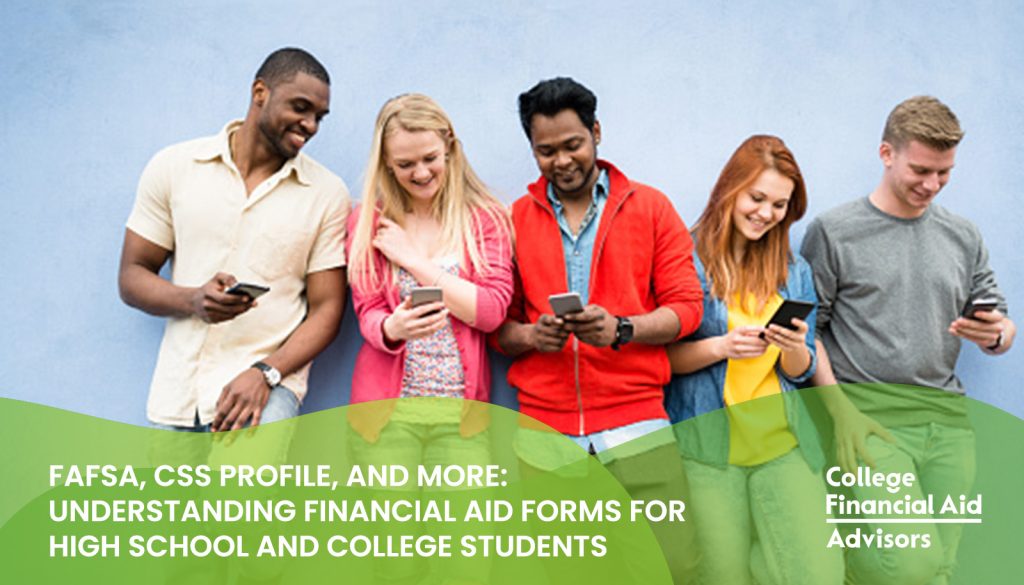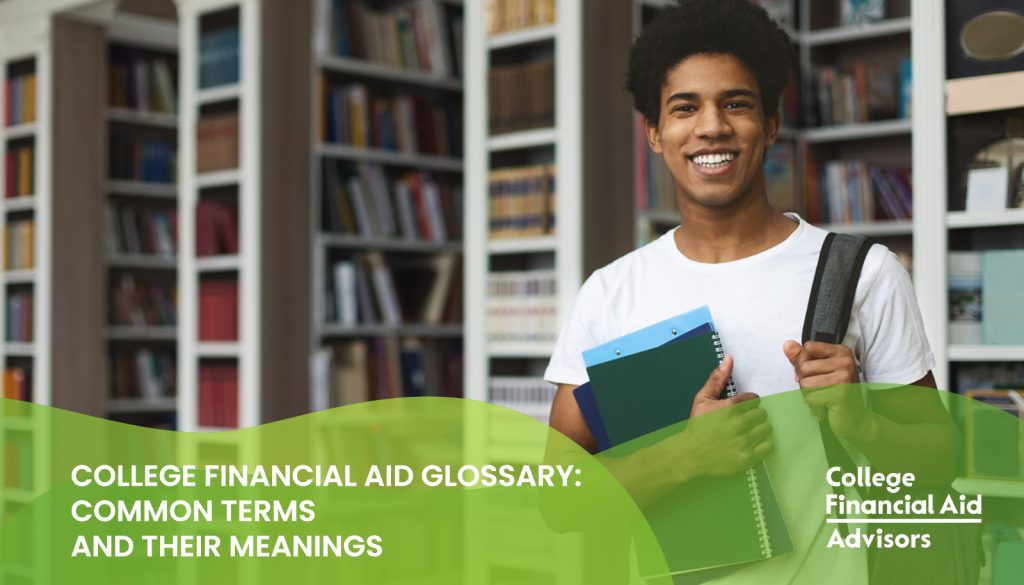Early Action: Gain Admission to College Early Without Financial Aid Pressure
As a high school senior, the college application process can feel like a marathon. Between preparing your essays, gathering letters of recommendation, and making sure you meet all the deadlines, it’s easy to get overwhelmed. One option that can ease some of that stress is applying through Early Action. If you’re looking to gain admission to your dream school without the added pressure of figuring out your financial aid package right away, Early Action might be the perfect choice for you. What Is Early Action? Early Action is an application process that allows students to apply earlier than the regular application deadline. Typically, the application deadline for Early Action is early to mid November and applicants usually receive their admission decision by mid-December. What sets Early Action apart from other options, like Early Decision or regular decision, is that it’s non-binding . This means that if you’re accepted through Early Action, you’re not required to attend that school. You still have until May 1st (National College Decision Day) to decide which school you’ll commit to, just like regular applicants. Key Benefits of Early Action #1: Peace of Mind with Early Acceptance One of the biggest advantages of applying Early Action is knowing your college admission status sooner. Instead of waiting until March or April to hear back, you can receive your decision by December. This gives you plenty of time to plan your next steps. Getting into a school early can also help reduce anxiety during the second half of your senior year. You won’t be spending months stressing over whether or not you’ll be accepted—by the time the holidays roll around, you’ll have a clearer picture of your future. #2. More Time to Focus on Other Priorities Once you’ve submitted your Early Action application, the majority of your application work is done. This allows you to focus on finishing up the rest of your senior year on a strong note—whether that’s excelling in your classes, preparing for final exams, or participating in extracurriculars. Without the looming worry of outstanding applications, you can enjoy your senior year and head into the second semester with a bit more peace of mind. #3. No Binding Commitment Unlike Early Decision, which is binding (meaning if you’re admitted, you must attend), Early Action gives you flexibility . This means you can apply to multiple schools through Early Action. Once that’s done, compare your acceptance offers, and decide which school fits you best. All of that happens without feeling pressured to commit right away. You can still apply to other colleges during the regular decision period. You’re under no obligation to attend the school that accepts you Early Action. #4. Admission Without Financial Aid Pressure A major benefit of applying Early Action is that, unlike Early Decision, you don’t have to make any financial aid decisions before accepting an offer. This is especially helpful for students and families who want time to evaluate their financial aid packages from multiple schools before making a final decision. If you’re applying to schools that offer need-based financial aid, early action gives you time to weigh your options. You’ll be able to make a more informed decision about which school to attend. Plus you’ll be able to look at the academic fit and the financial package. #5. Possibly Higher Admission Rates In some cases, schools may have higher acceptance rates for Early Action applicants. While this varies by school, some institutions may view Early Action applicants as more serious about their institution because they’re applying early, and they may accept a higher percentage of those students. Applying Early Action could give you a slight edge in the admissions process, especially if you’re applying to highly selective schools. #6. Earlier Access to Campus Resources Getting admitted early also means you can jump on things like campus housing, class registration, and sometimes even scholarship opportunities. Many schools open up scholarship applications to Early Action admits ahead of time. You may have the chance to secure funding before regular applicants. Early Action is an excellent option for high school seniors who want to get ahead in the college application process without the financial aid pressure that comes with other options like Early Decision. It allows you to receive your acceptance earlier, which can relieve some of the stress associated with waiting for decisions, while still giving you the flexibility to evaluate your options carefully. If you’re ready to take control of your college admissions journey, consider applying Early Action to your top schools. You’ll not only be able to enjoy the holidays with one less thing on your plate but also have more time to focus on the rest of your senior year. Good luck, and happy applying! More about Jodi and College Financial Aid Advisors Jodi is a FAFSA financial advisor who helps with the financial aid process to help families of college students maximize their financial aid. From completing the FAFSA and completing the CSS Profile to reviewing the SAR, responding to requests for verification, comparing financial aid offers and understanding student loan options, Jodi is a fantastic resource when it comes to student financial aid. Schedule a 15 Minute Power Chat to learn more about finding ways to pay for college.










